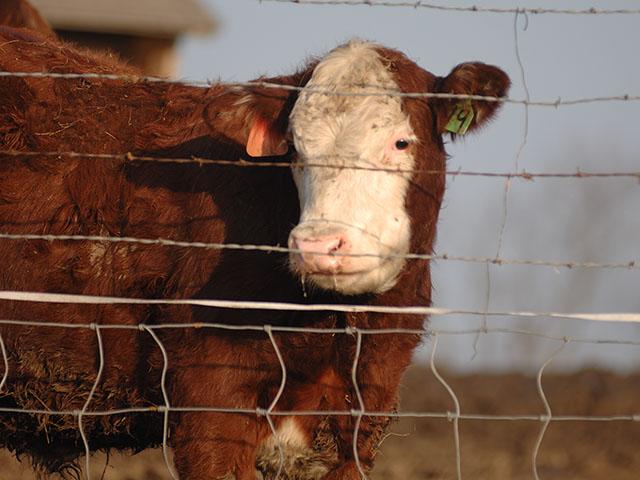Call the Market
Some of Cattle Market's Seasonal Trends Could Be Different This Fall
After the Fourth of July holiday, the cattle complex saw some pivotal direction changes from both the fed cash cattle market and boxed beef prices -- both of which are seasonally expected as summertime pressure usually works both markets lower through July. But, when looking at this upcoming fall and what the market should or shouldn't expect, the market could see different outcomes than what typical seasonal trends predict.
First, given the sheer demand that feeder cattle are seeing, I'd be surprised if feeder cattle prices weaken in October to the extent they historically have. Anywhere from the second week of September to the middle of October, the market usually softens as a plethora of bawling, fresh weaned calves hit the market for buyers and sale barns are filled with supply.
But it wouldn't be out of line for one to wonder if prices will see less of a seasonal decline this upcoming fall compared to what they have in the past. This is because there are fewer feeder cattle to market this year because of the smaller cowherd. Also, prices provide incentive for cattlemen to market their calves earlier than normal.
P[L1] D[0x0] M[300x250] OOP[F] ADUNIT[] T[]
To put the market's historical trend into perspective, here is what the CME Feeder Cattle Index has done during the last four years from the first week of September through the first week of November.
In 2020, the CME Feeder Cattle Index closed at $140.99 on Sept. 8, and by Nov. 2, the index had fallen $4.36 to $136.63. In 2021, the CME Feeder Cattle Index closed at $155.00 on Sept. 7, and gained $0.27 by Nov. 1 to close at $155.27. In 2022, the CME Feeder Cattle Index closed at $181.24, and by Nov. 7 the index had fallen by $5.78 to close at $175.46. And last year, in 2023, the CME Feeder Cattle Index was traded at $249.21 on Sept. 5, but by Nov. 6 the index had fallen to $235.42, losing $13.79 during the two-month span.
It would be asinine of me to try to predict exactly what this fall's feeder cattle market is going to do -- as we learned just last fall market dynamics can pivot and change in an instant.
But it isn't out of line to take note of the different market dynamics at play and question how they will challenge the seasonal patterns moving forward.
I continue to be in utter disbelief of just how strong this market is and encourage each and every one of you to critically think over your marketing plan for this year's calf crop. And please remember, even bull markets have down days, and when thinking about marketing plans, not only do prices need to be considered, but also the amount of risk you're willing to assume.
ShayLe Stewart can be reached at ShayLe.Stewart@dtn.com
(c) Copyright 2024 DTN, LLC. All rights reserved.




